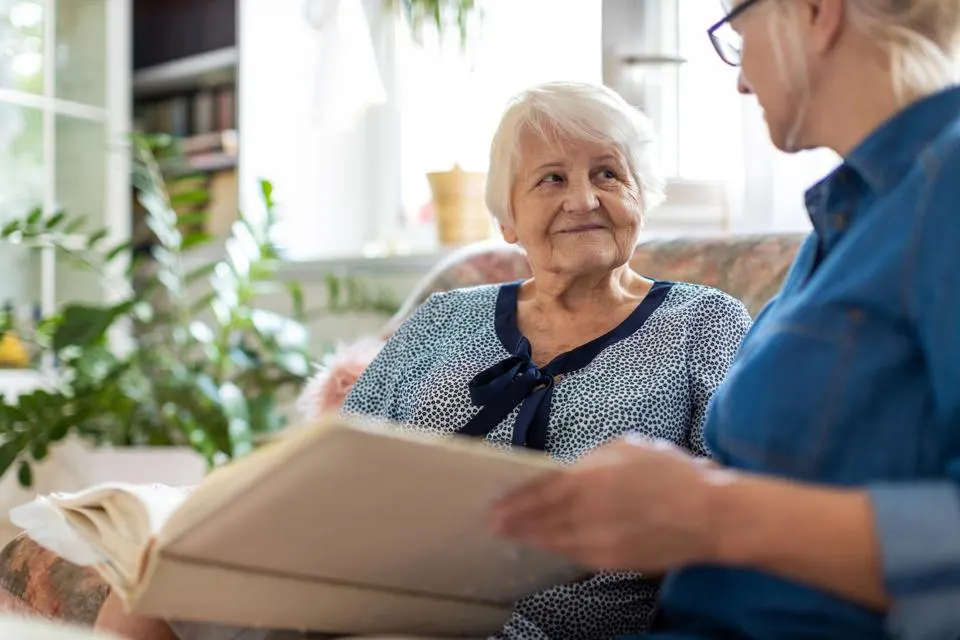
People who care for older adults need clear guidance and steady support. Good education about memory loss helps caregivers notice subtle changes before problems grow. Training teaches practical techniques that make daily routines calmer and less confusing. Families feel more confident when they understand common behavior patterns and ways to respond. Staff who learn these skills reduce risk while preserving dignity for the person who needs help. This opening section sets the scene for the practical steps that follow. It shows how focused learning links directly to safer home care.
Staff Training Builds Confidence
Care teams who receive focused instruction use safer methods with calm steady care. Why Dementia Training Matters because proper teaching changes reactions and reduces unsafe practices. Through role practice staff learn gentle redirection and ways to prevent wandering. Training highlights how to set realistic goals for tasks and routines. When staff feel capable the home atmosphere becomes more predictable and secure.
Simple Communication Techniques
Clear speech methods reduce confusion and lower frustration for the person who needs help. Use short sentences with a warm tone to guide actions and choices. Nonverbal cues such as gentle touch and steady eye contact often calm restless moments. Avoid complex questions when the person grows confused. These approaches prevent misunderstandings that could lead to risky situations. Teaching family and staff these methods supports everyday safety in the home.
Managing Daily Challenges
Routines cut down on agitation and mistakes during common tasks. Plan simple steps for dressing, bathing and eating with clear cues. Break tasks into tiny stages to keep the person focused and less likely to rush. Supervision at key times lowers the chance of falls or unsupervised wandering. Training helps caregivers adapt routines when abilities change without removing independence. These small changes save time and reduce emergency events.
Continuous Education Pathways
Ongoing learning keeps care methods current and supports staff morale. Short refresher sessions prevent skill fade and help teams adopt better practices. Peer discussion meetings let caregivers share real life solutions for tricky behaviors. Supervisors can observe care moments and provide immediate coaching to correct unsafe routines. A culture of learning encourages reporting of hazards without blame. These systems reduce repeated mistakes and create safer care over time.
Emotional Wellbeing Support
A steady emotional base improves overall safety for older adults who face memory changes. Caregivers who learn supportive engagement techniques help reduce fear, uncertainty or restlessness. Soft tone with patient responses gives the person a sense of trust. Activities guided with simple steps help build comfort during daily tasks. This supportive approach strengthens stability inside the home and lowers the chance of risky moments.
Safer Care Solutions
Reviewing the ideas above shows clear ways to improve safety through training and simple planning. Start with focused instruction for all caregivers. Next update the home setting to reduce obvious hazards. Add clear communication habits that lower anxiety and prevent accidents. Encourage families to join the training so everyone uses similar approaches. Maintain regular refresh sessions to keep skills sharp and adaptive. Implement a basic emergency plan and share it widely. Emphasize respect and dignity while prioritizing safety. Why Dementia Training Matters in every step because learning transforms risk into manageable tasks.
